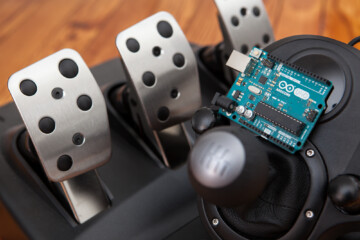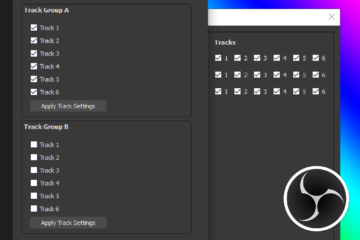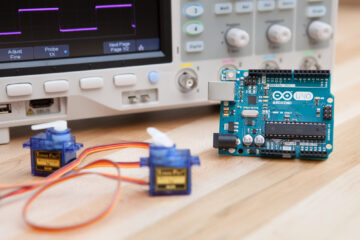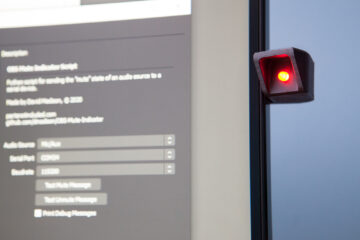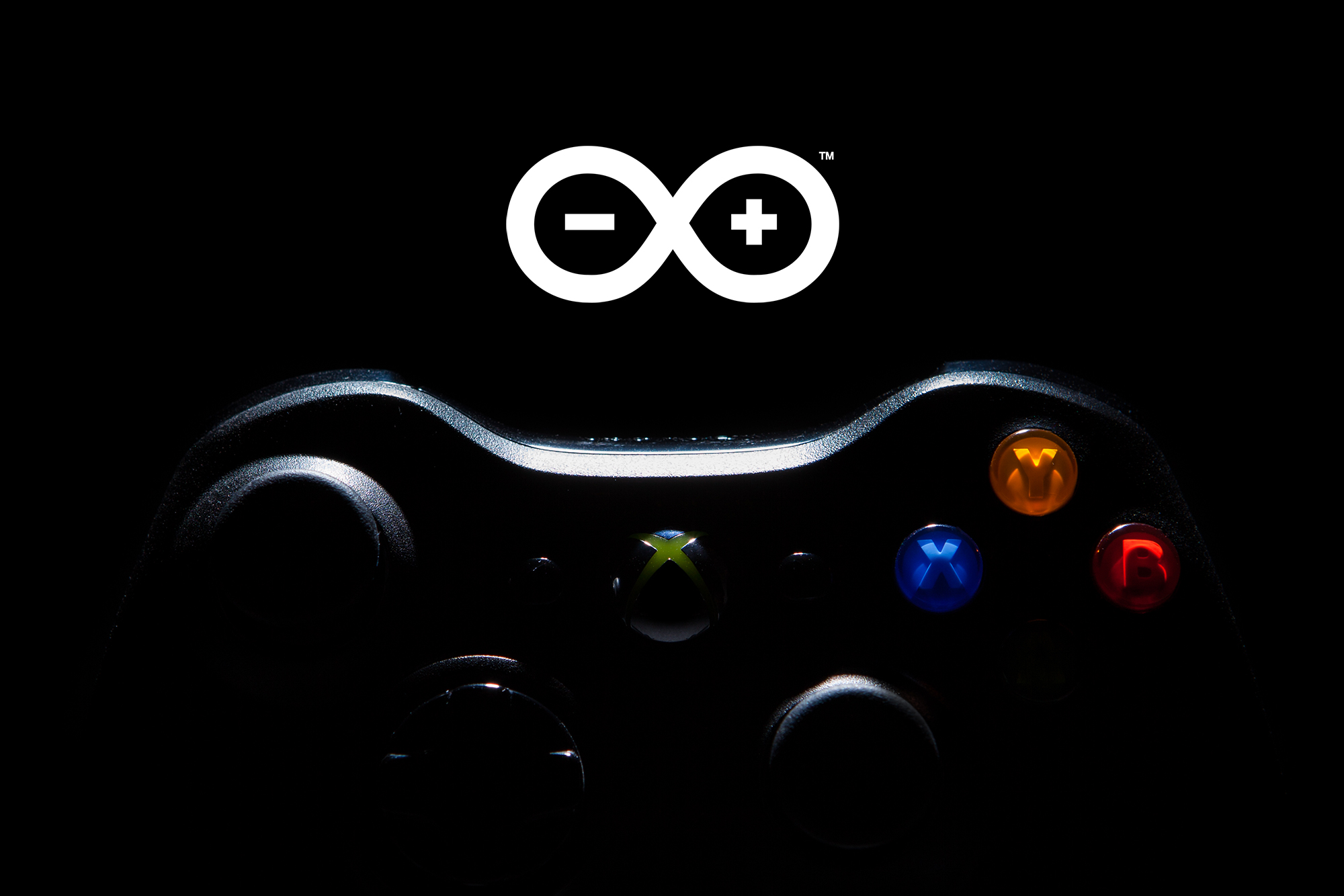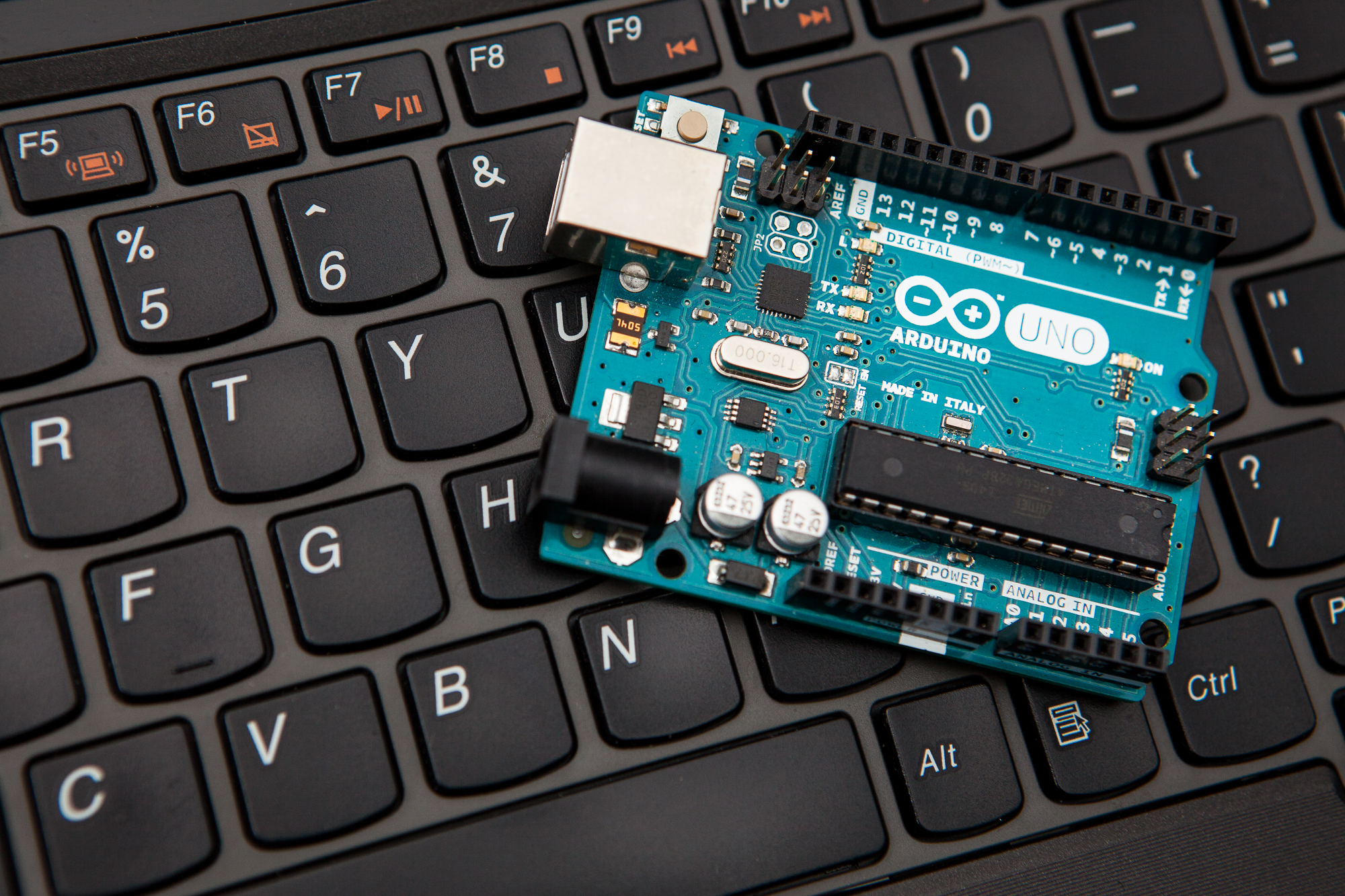Sim Racing Library for Arduino
Simulator racing tech is amazing. It’s an entire genre of human input devices designed to transform your home desk into the cockpit of a racecar. Wheels, pedals, shifters, handbrakes, gauge clusters, wind generators… you name it, you can find it for your home racing rig.
But with all of the hardware necessary for a comprehensive simulator experience, sim racing is expensive. To try and make it more accessible, communities of makers have sprung up to design their own custom racing devices and adapters built from scratch. Owning a bit of sim racing equipment myself, I thought I would join in on the fun and design a software library that makes it easy to interface sim racing devices with embedded development boards. Introducing the Sim Racing Library for Arduino!
(more…)
